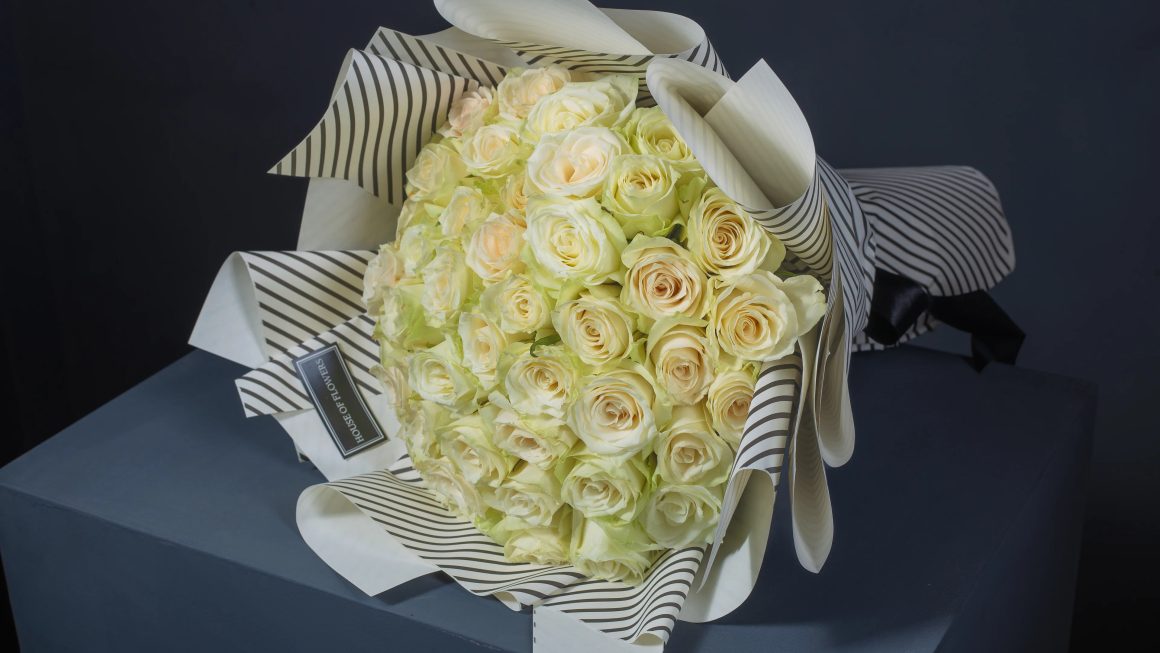If you are looking for antique items to add to your collection, there are many decisions you will have to make. These items have a lot of personal preference, and understanding that can help with picking what makes the best long-term investment. To save time and make smart purchases, check out this blog to see a breakdown of the different kinds of antiques that you could invest in.
What Is Antique Collecting?
What is antique collecting? Antique collecting is the practice of acquiring antique items, mainly from the 1800s and earlier.
Antique items can be anything from furniture to porcelain dolls to guns. The reason people collect antique items is that they are often more unusual, rare, or valuable than modern equivalents.
When buying an antique item, it’s important to do your research first. Check out antique stores, websites, and auctions to find what you’re looking for. And make sure to ask the seller about any restoration work that may have been done on the item.
Remember: an antique is only as good as its documentation. If you can’t find a date or title on the item, don’t buy it – it might not be an antique at all.
Buying antique items
If you’re interested in buying antique items or anything else related to antiques you can contact Helen Story Antiques for the best deals. Here are a few pointers to keep in mind before purchasing antiques:
1. Research the item you’re interested in. Do some research online or at local libraries to learn as much about the item as possible. This will help you determine its authenticity and value.
2. Consider your budget. Antiques can be expensive, so be sure to factor that into your decision-making process. Don’t overspend on an item just because it’s antlers from a deer that’s centuries-old!
3. Ask around. If you’re not sure whether an antique is worth buying, ask someone who knows more about the item than you do- your friends, family, or local antique dealers might be able to recommend something for you.
4. Be prepared to take pictures and/or make sketches of the item if necessary so that you can later identify it if something happens to it while it’s in your possession (like if it gets stolen!).
This advice should help you get started on your quest for antique treasures- enjoy shopping and learning!
Protecting antique items
When you’re shopping for antique items, it’s important to take precautions to protect them. Here are some tips to help you safeguard your antique treasures:
1. Avoid handling the item directly. Antique items are fragile and may break if mishandled. Save yourself the trouble and ask a dealer or museum curator to handle the item for you.
2. Use caution when photographing or videoing an antique item. Photos and videos can easily damage an antique if not taken properly. Ask the seller if they would like you to take pictures of the item before buying it, and be respectful of their wishes in regards to footage of the artifact.
3. Store antiques securely. If you’re going to store an antique for any length of time, make sure to protect it from moisture, scratches, and theft by setting it up on a stand or cabinet with a locking door.
If you’re shopping for an antique piece, be aware that many of these pieces are delicate and should be handled with care. Store them securely so they don’t get damaged and thieves won’t have any incentive to steal them
Consigning antique items
Antique items can be a great addition to any home and can provide the perfect touch of refinement. Here are some tips for purchasing antique items and everything else you need to know to get started:
1. First, determine if you have the space for an antique item. If not, consider whether the item would look good in a reproduction or contemporary setting.
2. Learn as much as you can about the item before you buy it. This includes researching its history, how much it is worth, and what condition it is in.
3. Be prepared to do a lot of research on prices and bargaining skills if you want to purchase an antique item at a lower price than what it is worth.
4. Be sure to obtain insurance on any antique purchases you make, especially if the item is valuable or irreplaceable.
Conclusion
Whether you’re new to antiques or just want to know a little more about what to look for, read on for tips on buying antique items. There are a few things to keep in mind before making your purchase, so read on to learn what to do!
When shopping for antique items, keep in mind the condition of the item. Ensure that the item is free of dirt, dust, and damage. Also, be sure to inspect the condition of the hinges, screws, and other fittings; they may need restoration.
When it comes to price, don’t be afraid to haggle. Vendors often give good deals if you are persistent. And lastly, don’t forget about insurance! If something goes wrong with your purchase while you’re home, having insurance will help cover any costs associated with repair or replacement.



